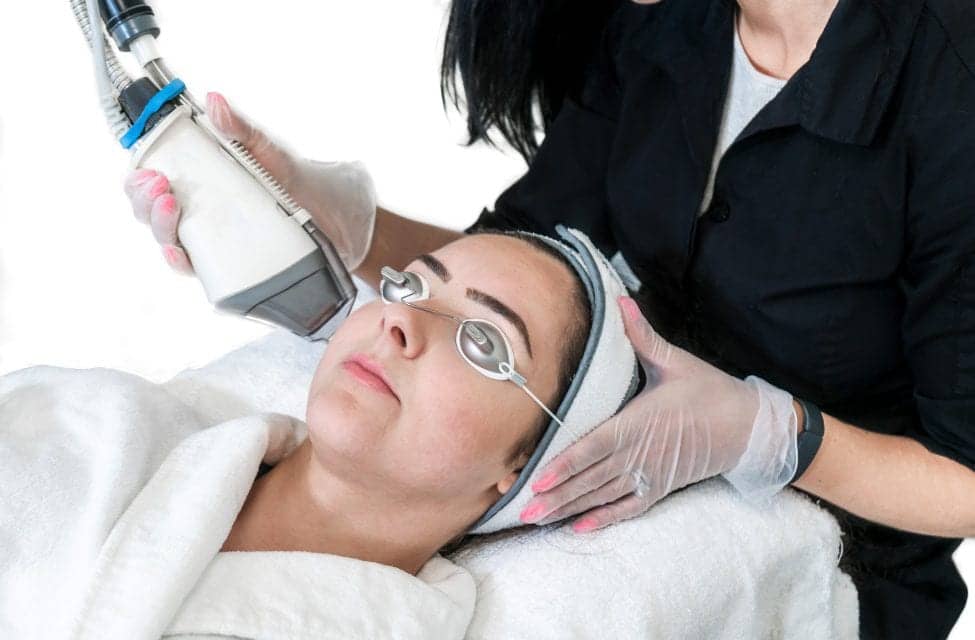Skin cancer and sun damage procedures, along with laser-, light- and energy-based procedures, have all increased since 2017, according to a survey of American Society for Dermatologic Surgery (ASDS) members.
American Society for Dermatologic Surgery (ASDS) member dermatologists performed more than 12.5 million medically necessary and cosmetic procedures in 2018, an increase of 7.5% from 2017 and a 60% increase since 2012, according to a press release from ASDS. In addition, sun damage treatments were up 63% in just 2 years.
Skin cancer treatments have persistently been the most-performed procedures with more than 3.5 million treatments by ASDS members, according to the ASDS, Healio Dermatology notes.
“This statement impacted me the most as a dermatologist,” Rebecca Kazin, MD, FAAD, co-chair of the ASDS survey work group and associate director at Washington Institute of Dermatologic Laser Surgery in Chevy Chase, Maryland, says, in Healio Dermatology. “Many think of dermatologists as treating minor things like acne and warts. This data supports the fact that we spend a great deal of our time diagnosing and treating skin cancer.”
The number of skin cancers diagnosed and treated by dermatologic surgeons continues to rise each year, according to Kazin. “The cause is likely multifactorial. The awareness of UV damage and need for photoprotection has heightened over the years and many seeing the dermatologist now did not exercise photoprotection when they were younger,” she said. Additionally, more people are seeing the dermatologist, so more skin cancers are being found on routine skin cancer screening visits.”
“Dermatologists are at the front line for helping to manage the [skin cancer] epidemic with both prevention and treatments,” notes Joely Kaufman, MD, chair of the ASDS work group and dermatologist at Skin Associates of South Florida in Miami. Melanoma rates in the US doubled from 1982 to 2011 and continue to increase, Kaufman adds.
For dermatologists, patient education on methods of prevention and detection should be at the center of thorough patient care.
“We can encourage patients to complete their own self-skin examinations and skin screenings with their dermatologist on a regular basis,” Kaufman says. “This is especially important for those with a family history of melanoma.”
Imparting the importance of routine full-body checks by a dermatologist helps ensure early detection, Kazin comments. Additionally, sun-protective behaviors should start at an early age.
“Dermatologists can also continue to support initiatives to build shade structures and sunscreen dispensers in public areas,” Kazin adds.
In the aesthetic realm, body sculpting saw the largest increase of 43% from 2017.
Laser-, light- and energy-based treatments grew 74% since 2012. Wrinkles, sun damage and facial redness were the most popular conditions treated, with more than 2.2 million performed in 2018.
“As dermatologists, we spend our training focusing on skin, and so this emphasis on surgery and on injectables makes complete sense,” Kaufman notes, Healio Dermatology continues.
“The laser and light device technology has also become more sophisticated, so we are seeing much better results for body sculpting in the last few years, which explains the overall fourfold increase in these types of procedures since 2012.”
The survey also reports hair rejuvenation with platelet-rich plasma (PRP) in more than 72,000 procedures.
“Receiving the survey results each year is always exciting,” Kaufman shares, when asked about working on the survey. “It is reassuring to see how dermatologists all over the country are contributing so much to the care of patients.”
“I get to help lead a motivated team of staff and physicians who are like-minded in their desire to make sure we create and use surveys to accurately capture the behaviors of our physicians as well as query and understand the public’s view of dermatology as a whole,” Kazin says.
[Source: Healio Dermatology]



